Artificial Vs. Natural Food Coloring
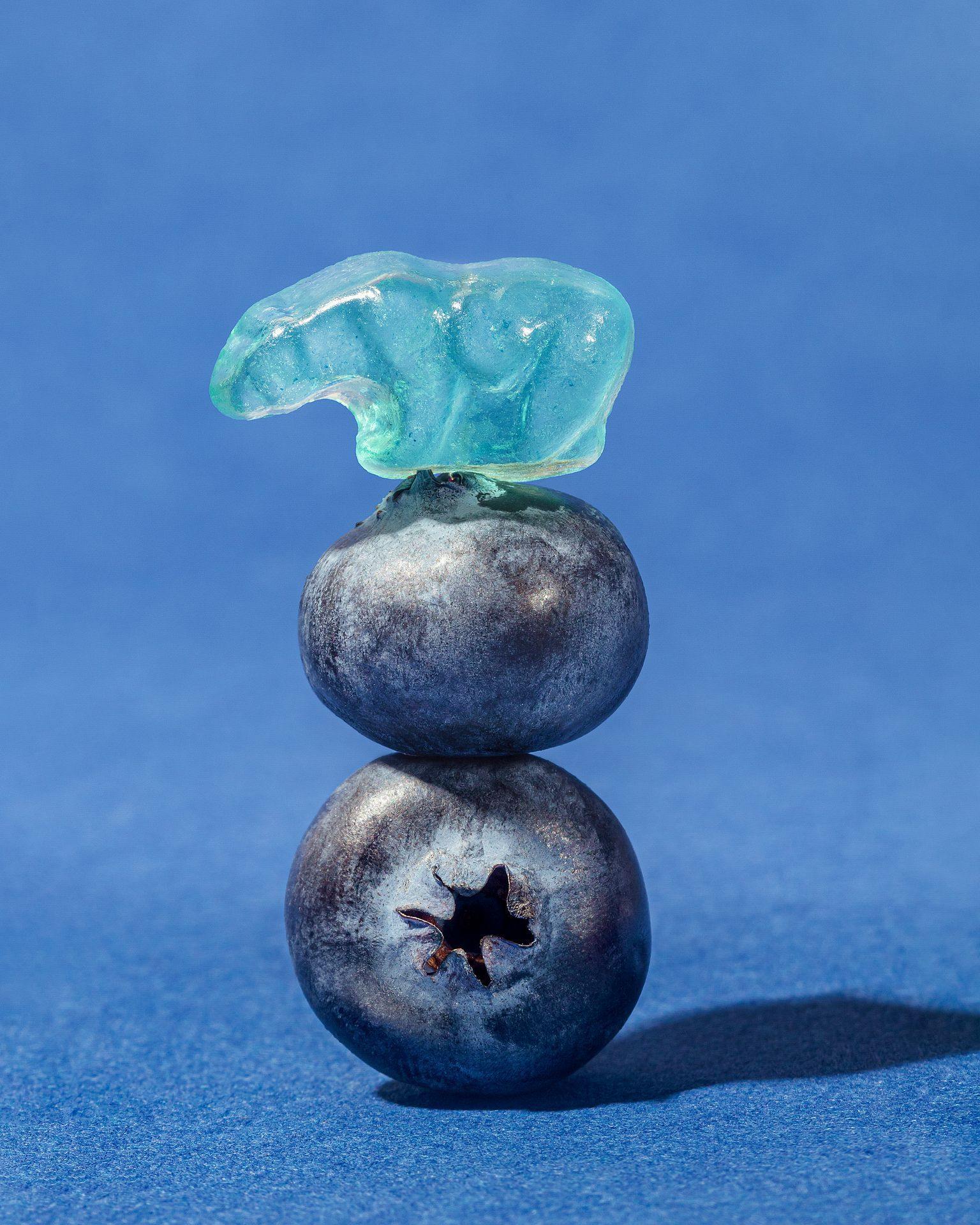
Artificial Vs. Natural Food Coloring
Food colors are quite common and are used in many foods and beverages. Some colorants are also used in cosmetics and medicines too. But why are food colors so popular and so widely used? Consumers tend to like or appreciate certain food products that are visually more attractive. If certain items look dull or low, they automatically consider them to be wrong. Companies have started using food colors to increase the product’s aesthetics to make it aesthetically more pleasing.
Another primary reason why food colors are used is for festivity or novelty. During Christmas or Halloween, people tend to prepare items like cupcakes or cookies that are quite colorful. To make these colorful food items, you need food color, and so they are quite popular among people.
We usually see and use the food colors prepared artificially and are created inside labs and accidentally discovered. Chemically speaking, these colors are made when a molecule has many conjugated double bonds, and the energy difference between the two different molecular orbital falls within the light range that we can visualize.
Research says -
While artificial colors have been in the market for a long time, they have created quite a reputation. Research conducted at Southampton University established a study where they said that these artificial colors impact a child’s behavior. The colors that were questioned were Yellow (Tartrazine, E102), Cochineal Red, Allura Red, Sunset Yellow, Carmoisine, Quinoline Yellow. They said that these colors and specific sodium benzoate preservative increased hyperactivity in children. In fact, the artificial blue color was removed by many companies from their products in 2007.
Natural Colors -
Natural colors, on the other hand, slowly made their entry and started replacing artificial colors. It took many years for them to be discovered, but they have a lot of potential. The color brilliant blue was extracted from a bacteria named cyanobacteria Spirulina. A few other color sources include beetroots ( red and purple), lycopene ( extracted from tomatoes), curcumin ( yellow from turmeric), chlorophyllin ( green from chlorella), and caramel that is made using heated sugar. Thanks to these natural sources, people can still enjoy their colors in their foods.
Differences between Natural and Artificial Colors -
Artificial colors are usually heated stable, pH stable, and light stable. They are available as both water-soluble and insoluble pigments. Since they are produced artificially, they are not restricted by any halal or kosher religious laws. Synthetic colors are quite strong, and so they can be easily played with if one wishes to make alterations with a finished product.
On the contrary, natural colors are sensitive to heat, so they must go through thermal processing before using natural pigments. Some of these natural colors are sensitive to light as well, and some change their pH values. And hence, these natural colors must be selected before the manufacturing process.
These are the necessary comparisons between natural and artificial food colors. Although they both have their pros and cons, it is a matter of preference to use natural or artificial food color. However, with CA Gummy Bears, we believe in the healthier route which is why we only use natural coloring in our gummy bears.
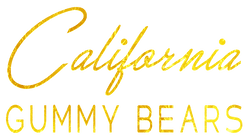
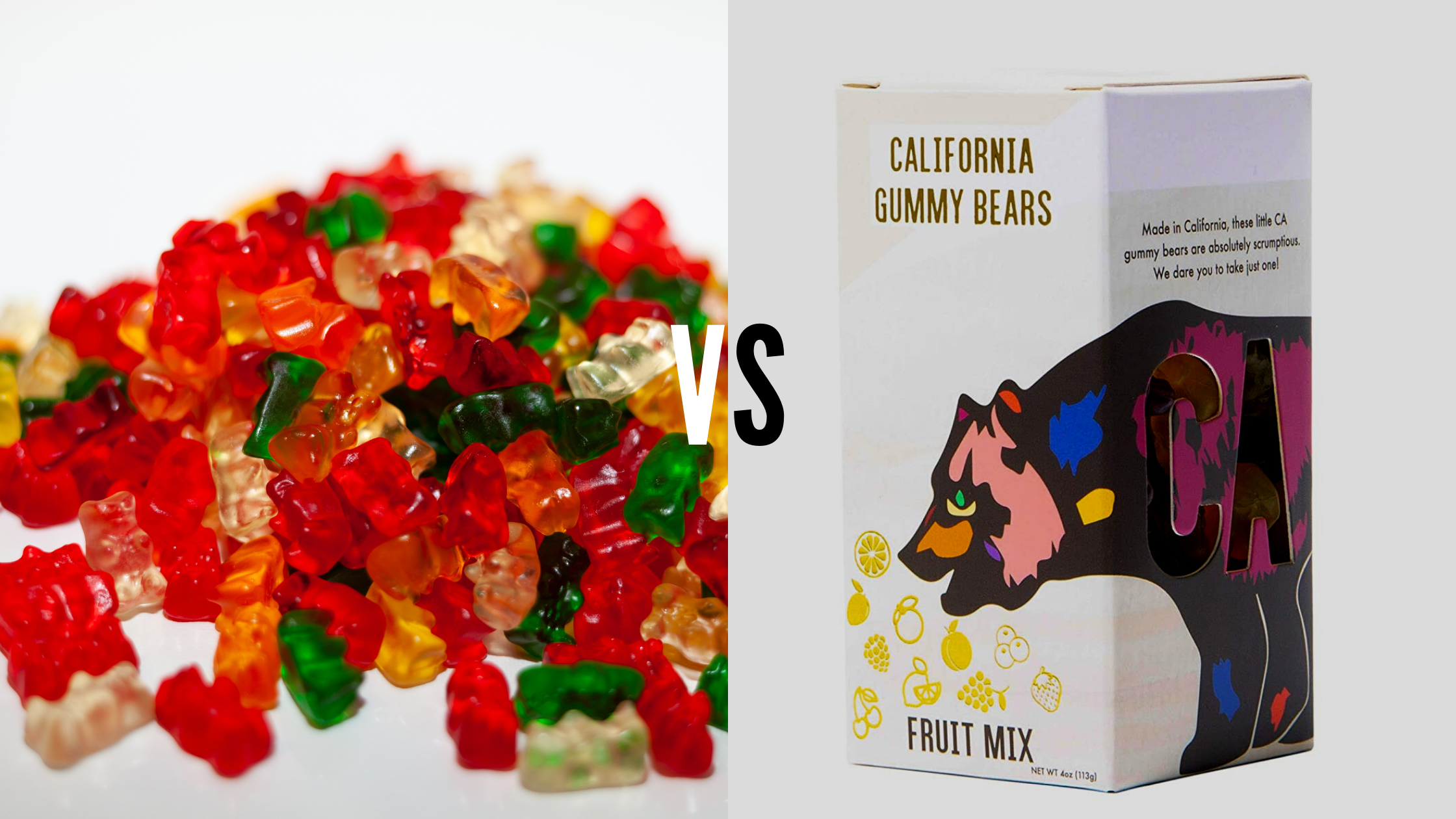
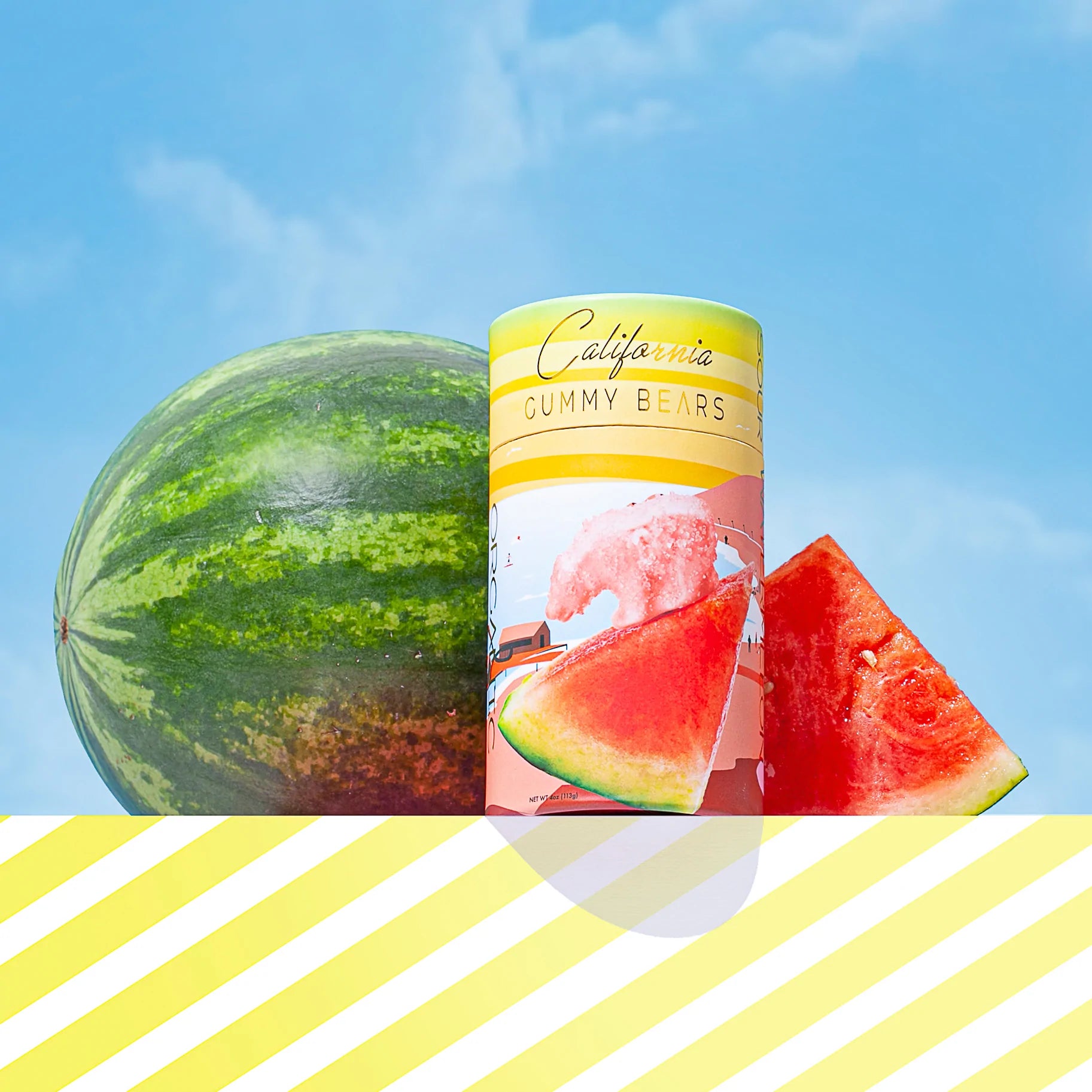
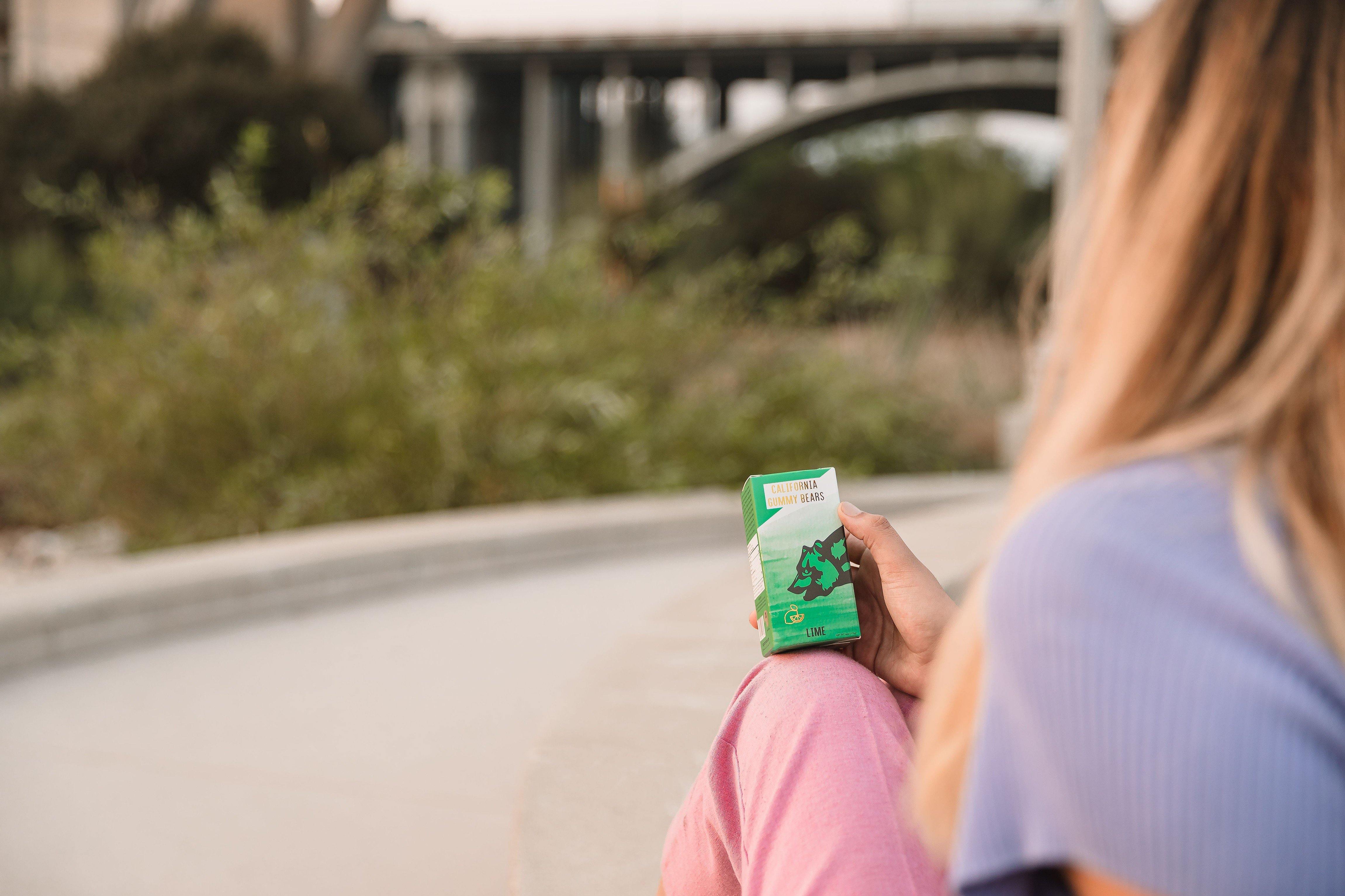
Comments